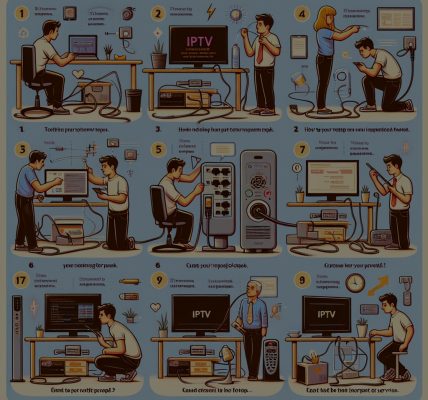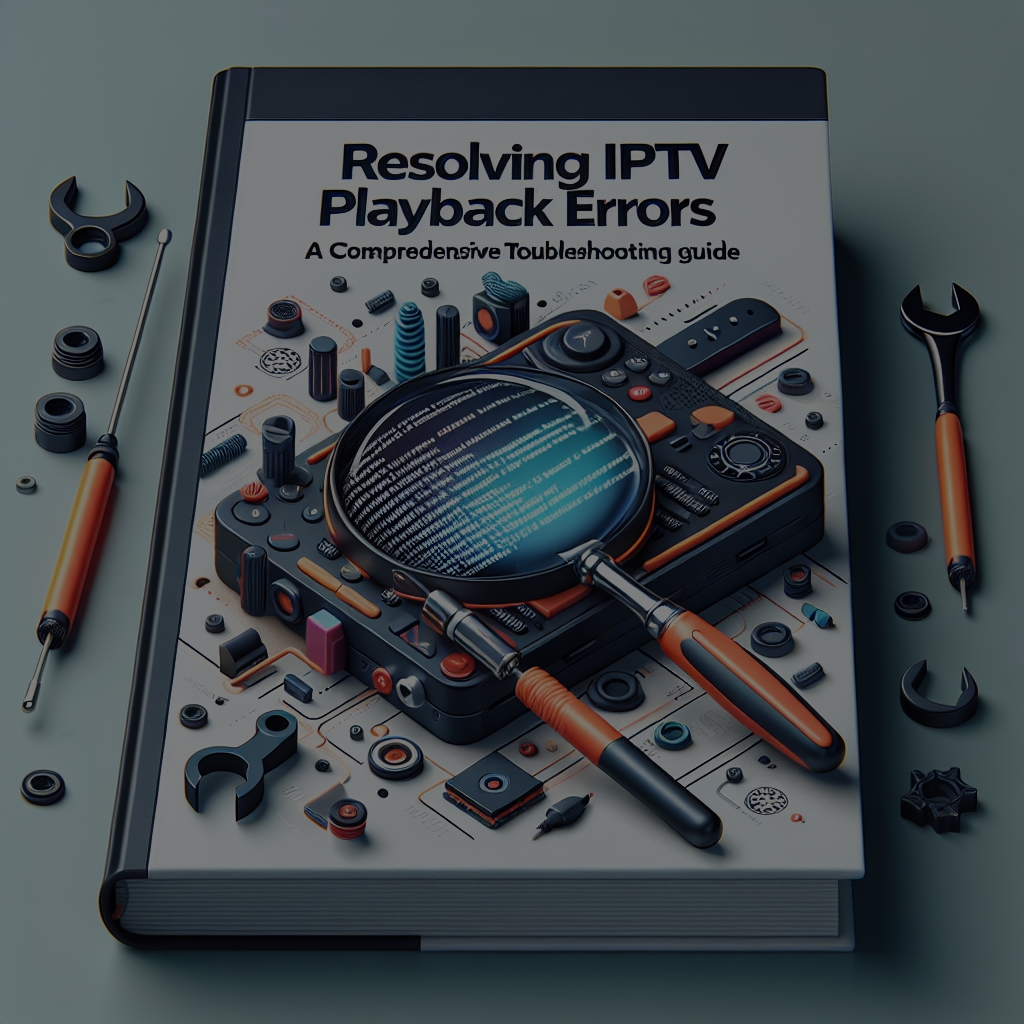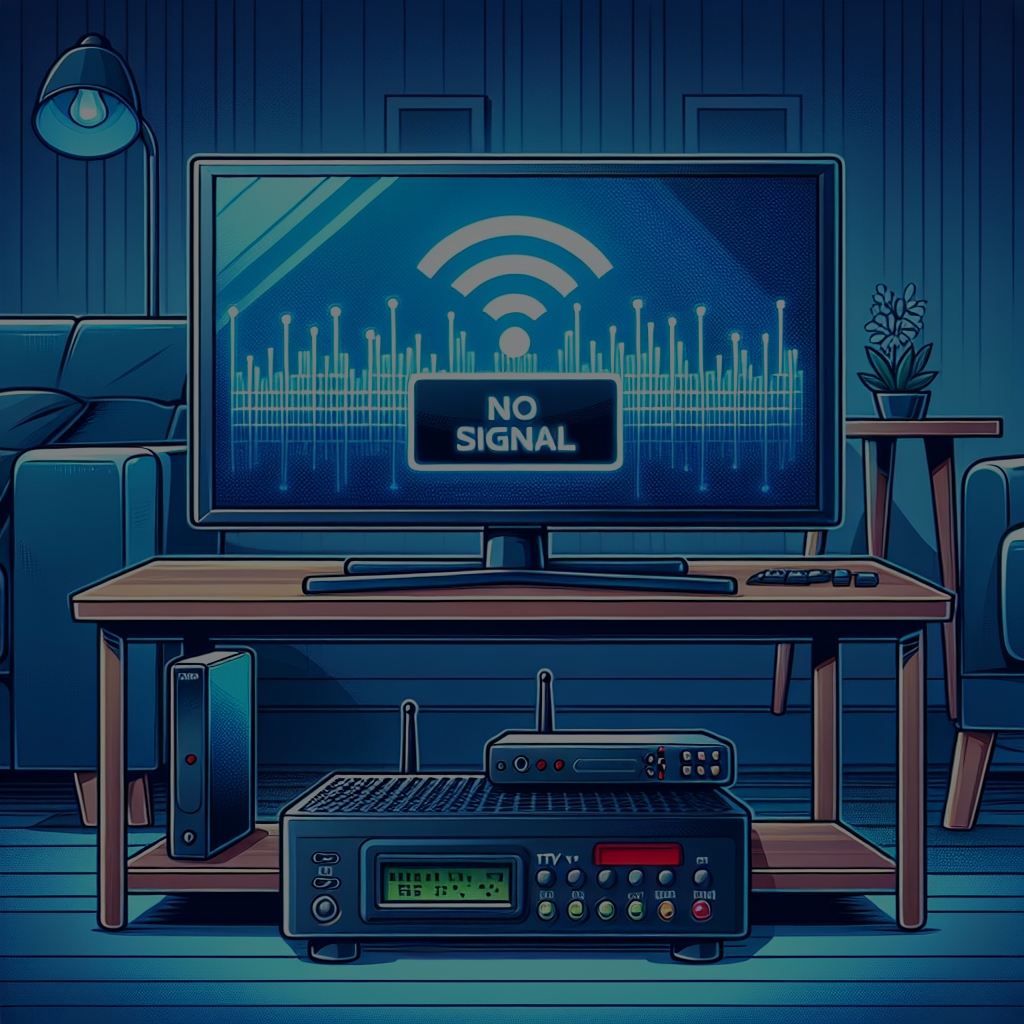Internet Protocol Television (IPTV) has revolutionized the way we consume media, offering a diverse range of channels and on-demand content. However, one of the most frustrating issues users encounter is buffering, which can severely impact the viewing experience. Buffering occurs when video data is not fed to the viewer smoothly, leading to interruptions in streaming. Understanding the common causes of IPTV buffering issues and exploring effective solutions can enhance the viewing experience, ensuring seamless access to desired content.
Analyzing the Common Causes of IPTV Buffering Problems
Buffering problems in IPTV can arise from a variety of factors, with the primary culprit often being insufficient internet bandwidth. Streaming high-definition content requires significant data transfer rates; if the user’s internet connection does not meet the required speed, buffering will occur. Factors such as multiple devices connected to the same network or high-bandwidth applications running simultaneously can further exacerbate this issue, leading to slow streaming performance.
Another common cause of buffering is network congestion. This occurs when many users within the same geographical area are accessing the internet simultaneously, leading to decreased bandwidth availability for each user. During peak hours, such as evenings when many individuals are home and streaming content, users may experience slowdowns that can result in frequent buffering. Additionally, the quality of the user’s home network, including Wi-Fi signal strength and router capabilities, plays a crucial role in connection stability. Weak signals or outdated technology can hinder the ability to stream content smoothly.
Lastly, IPTV buffering can stem from server-side issues. Service providers may experience technical difficulties or overloads that prevent them from delivering content effectively. If the streaming server is far from the user or experiencing high traffic, the result may be delayed data delivery, leading to buffering. Moreover, inadequate server infrastructure or poor content delivery network (CDN) management can contribute to inefficiencies in content delivery, causing interruptions for users across various locations.
Effective Solutions to Minimize IPTV Buffering Disruptions
To mitigate buffering issues, one of the most effective solutions is to upgrade the internet connection. Users should check their current bandwidth and consider subscribing to a higher-speed plan, particularly if they regularly stream high-definition content. Conducting an internet speed test can help users assess their current performance, guiding them in determining whether an upgrade is necessary. Ideally, a minimum download speed of 25 Mbps is recommended for seamless streaming, although higher speeds are preferable for multiple streams or 4K content.
Another practical approach involves optimizing the home network. Users can position their router in a central location to enhance the Wi-Fi signal throughout the house. Utilizing wired connections, such as Ethernet cables, can also provide a more stable connection compared to Wi-Fi. Additionally, reducing the number of devices simultaneously accessing the network can free up bandwidth. Disabling background applications that consume data and prioritizing the IPTV streaming device in the router settings can further minimize disruptions.
Finally, users should keep their streaming devices and applications updated. Software updates often include performance enhancements that can improve streaming quality and reduce buffering issues. Furthermore, selecting a reliable IPTV service that utilizes advanced CDN technology can significantly impact the streaming experience. Researching and choosing reputable providers with positive reviews can ensure access to efficient streaming and minimal downtime, leading to a more enjoyable viewing experience.
IPTV buffering can be a considerable hindrance to enjoying the wealth of content available through modern streaming services. By understanding the common causes of these buffering issues—such as inadequate bandwidth, network congestion, and server limitations—users can take informed steps to address them. Implementing effective solutions, such as optimizing internet connections, enhancing home network performance, and selecting reliable service providers, can alleviate buffering disruptions. With these strategies, viewers can enhance their IPTV experience, ensuring smooth and uninterrupted access to their favorite shows and channels.




